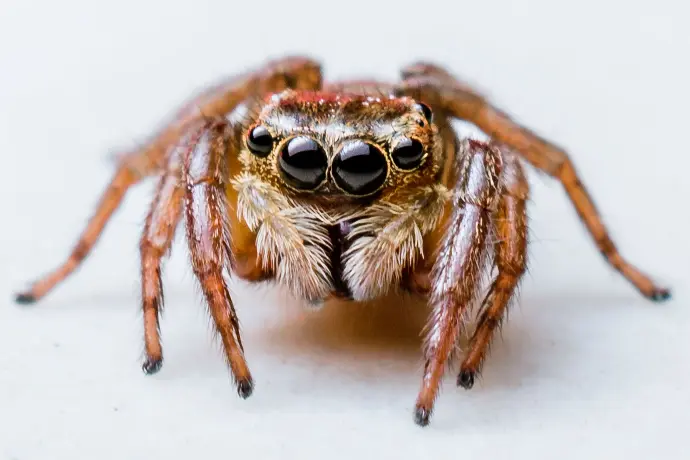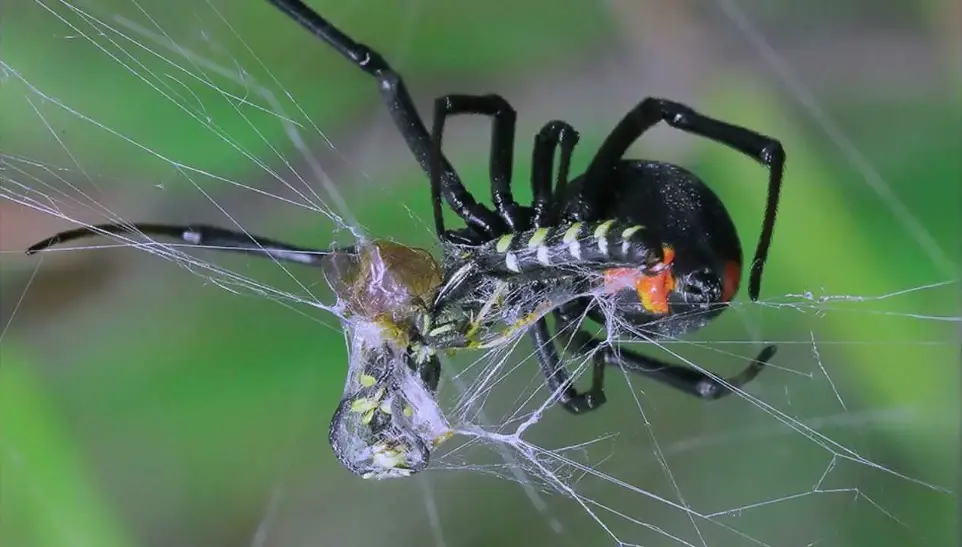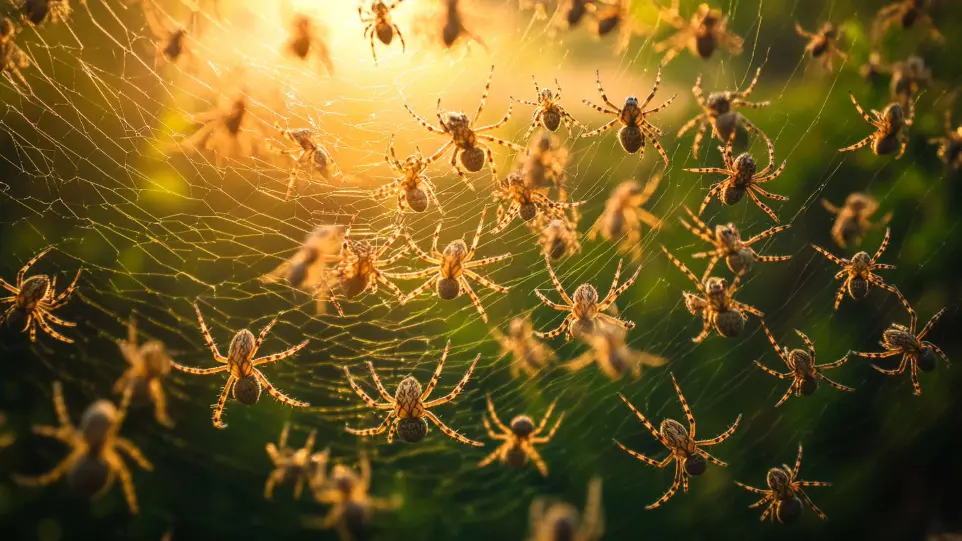Creepy Crawlers Unveiled: Your Ultimate Guide to Managing Spiders!

Spiders (
Araneae)
Size: ranges from 2 mm to 30 mm depending on species
Color: varies from black, brown, grey, or brightly patterned
Legs: Eight legs with jointed segments
Body: Segmented body with distinct head and abdomen
Fangs: Most have venomous fangs used to immobilize prey
Eyes: Multiple eyes, usually 8, with varying patterns depending on species
- Many build webs, which can include funnel webs, orb-shaped webs, or irregular webs depending on the type

Feeding Preferences
These creatures primarily rely on small flying and crawling organisms as their main source of sustenance. They hunt insects like flies, moths, ants, and beetles, which are commonly found in urban areas due to artificial lighting and vegetation. Many of them capture prey by constructing webs in strategic locations, such as near light sources or hidden corners, while others actively stalk and ambush their targets. They are opportunistic, targeting the most accessible food sources, and their diet can vary depending on the local availability of prey. Some species may even feed on smaller invertebrates or other arachnids when their preferred options are scarce. Their ability to hunt and adapt to changing surroundings allows them to maintain their presence even in busy human settlements.

Habitat
Spiders are highly adaptable creatures that thrive in various spots within human settlements. They are commonly found in quiet, undisturbed corners such as basements, garages, and attics, where they can spin their webs without interference. These arachnids prefer sheltered areas with access to small insects, which serve as their primary food source. They also inhabit overgrown vegetation near gardens, construction sites, or abandoned structures, as these areas provide both protection and opportunities to hunt. Many of them take advantage of hidden spaces like window frames, cracks in walls, or behind furniture to create their small living spaces. Their presence is especially frequent in places with moderate humidity and access to prey-rich areas, such as areas near water sources, wooded areas, or poorly maintained outdoor spaces.

UPM's AIR Approach for Spiders:
- Assess: Inspect your home for signs of spider activity, such as webs, egg sacs, and sightings of spiders themselves. Focus on areas like basements, attics, and corners where spiders are likely to hide, as well as outdoor areas where they may be building nests.
- Implement: Use targeted treatments such as insecticides, spider repellents, and natural deterrents like essential oils. Remove spider webs and egg sacs, and address any potential food sources by controlling other insect populations. Seal cracks and gaps where spiders may enter the home.
- Review: Regularly monitor your home for spider activity and continue preventive measures such as maintaining cleanliness, reducing clutter, and inspecting and sealing entry points to prevent future infestations.
Frequently Asked Questions
Venomous spiders typically have distinct markings, fangs, or specific body structures, but it's best to avoid handling any spider.
They are drawn to areas with an abundance of small insects and sheltered spaces for building webs or hiding.
Their preference depends on temperature, prey availability, and shelter; some thrive indoors, while others stay in gardens or green spaces.
Sealing cracks, removing clutter, and installing screens on windows and doors can help limit entry.
Yes, by preying on various insects, they help regulate the population of other small pests.
Typically, they do not damage structures, but webs may accumulate dust or become unsightly if left unchecked.
They use their silk to create protective spaces, transport across distances, and care for their eggs.